An urban sketching book so good it’s been rereleased
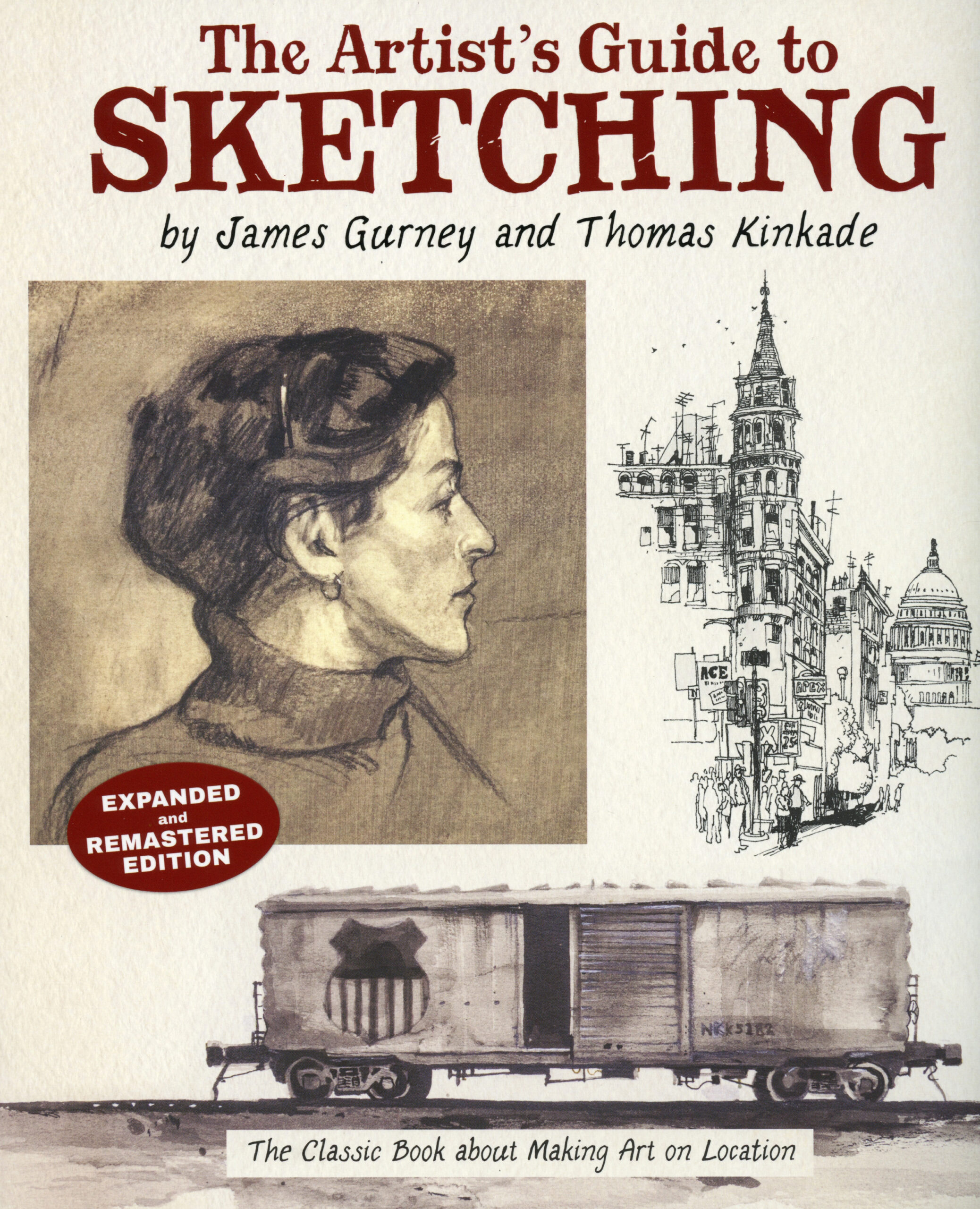
The Artist’s Guide to Sketching
Authors: James Gurney and Thomas Kinkade
Language: English
Publication date: February 25, 2025
Format: Paperback
Print length: 176 pages
Dimensions: 9.1 x 0.5 x 10.6 inches
Publisher: Andrews McMeel Publishing
James Gurney and Thomas Kinkade weren’t always famous. Gurney, author of the fantastical illustrated book series Dinotopia, and Kinkade, the Painter of Light and many a serene, snow-covered cottage, were once just a couple of college students. Looking for adventure and cool things to draw while making money from their art, the two young men set off like vagabonds one day — and never returned to art school. The result was “The Artist’s Guide to Sketching,” a seminal book on the subject of contemporary drawing on location. Originally published in 1982 and long out of print, it was expanded and remastered in 2025 as a new paperback edition.
Gurney and Kinkade take us along on their journey across the country by freight train, selling portraits for a couple of bucks in bars at night. When that didn’t amount to enough cash, they came up with the idea for this book: A guide to inspire other artists to integrate on-location sketching into their art-making practice.
“A robust attitude toward working on the spot will ensure your enjoyment of sketching far more than does your drawing ability,” the authors say. “You will find that much of the reason that you go sketching will be for the fun of the outing itself, of being outside, discovering new things, and meeting new people.”
The first two chapters introduce readers to the physical experience of sketching on location — how to deal with weather, light, and spectators; the mechanics of drawing without a studio table; and recommended art materials. Their philosophy on the latter aligns with their general attitude: “The enjoyment of sketching derives from the experience of recording the world around you, and your materials shouldn’t hinder that enjoyment.”
The remaining chapters cover their approaches to capturing motion, mood, nature, people and the built environment. Although the main focus is on drawing from direct observation, Chapter 6: Using Imagination offers helpful tips on how sketches based in reality can be changed into imaginative works. (Although his Dinotopia books would not yet exist for many years, it’s easy to see how those fanciful characters took form from Gurney’s rock-solid basis in drawing from life.)
By far the most inspiring part of the book is its extensive collection of sketches. Large reproductions of each artist’s examples of the concepts and techniques described in the text grace every page. What a delight to see America through the sketchbooks of these prolific young men, sitting on dusty roadsides, talking to local business owners and constantly observing life.
In the revised edition, almost all of the original edition has been kept intact. A few pages of new artwork from the same era were added. In a new foreword, Gurney writes with four decades of fond retrospection for his younger self and his friendship with Kinkade (who died in 2012). “Writing this book was my art education,” Gurney writes. “It set the personal compass for my career afterward.”
It’s important to note that this is not a how-to-draw book for beginners. The intended audience is practicing artists who spend most of their art-creation time in the studio. Gurney and Kinkade urge them to get out into the real world, where the experience of sketching on location will give them so much more than reference material for future paintings. The smell of diesel, dust blowing onto their sketchbooks, incidental conversations with curious onlookers — all offer a richer experience of life. Taking in the outer world by drawing it, we simultaneously learn about our inner selves, which in turn comes back out through our art.
A few excerpts from the pages of “The Artist’s Guide to Sketching”
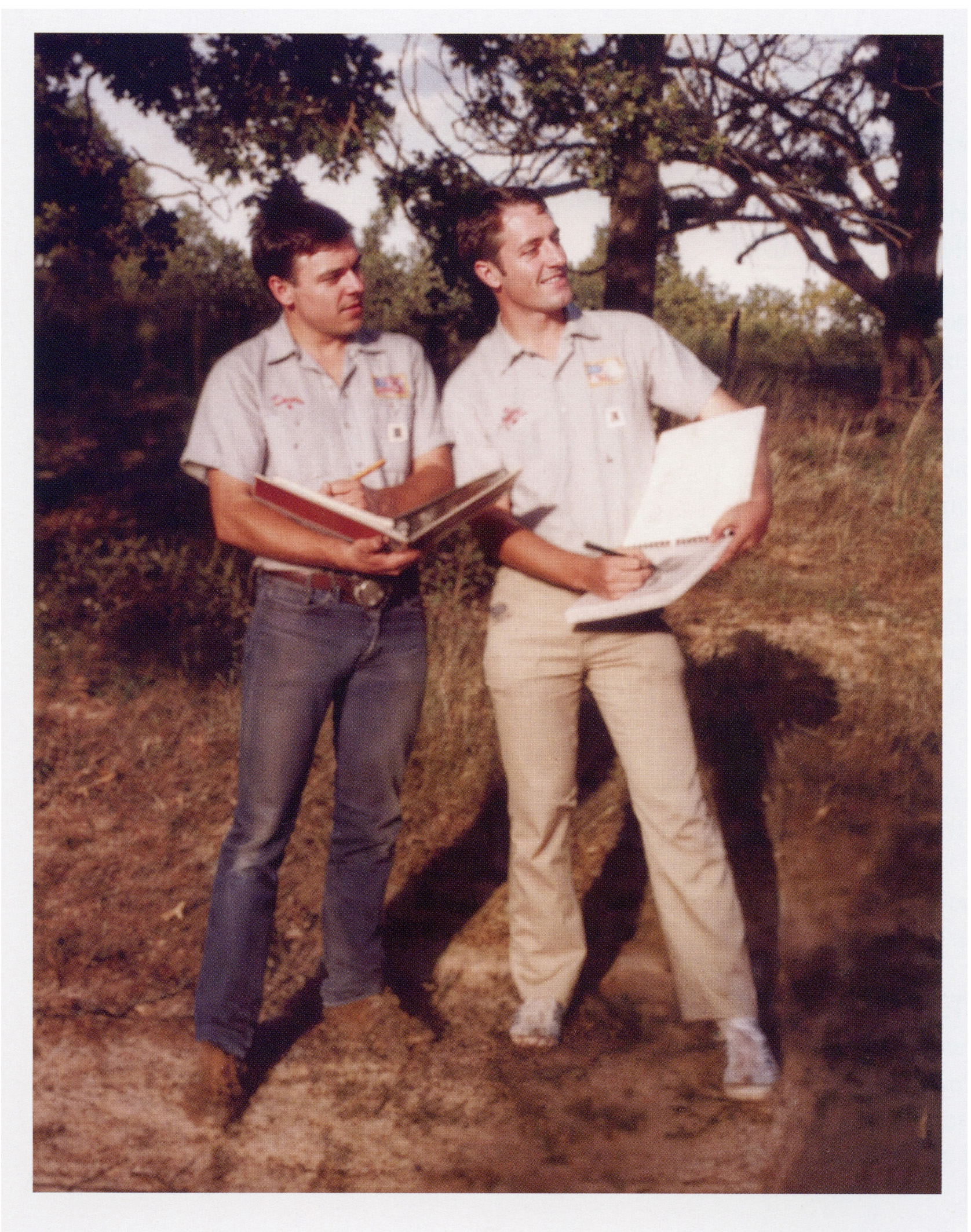
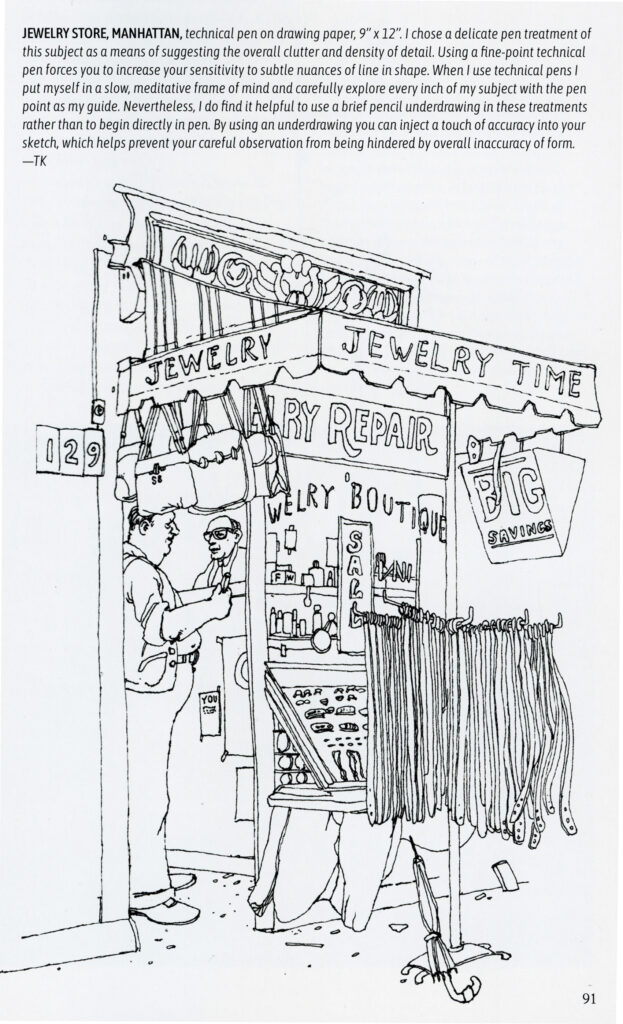
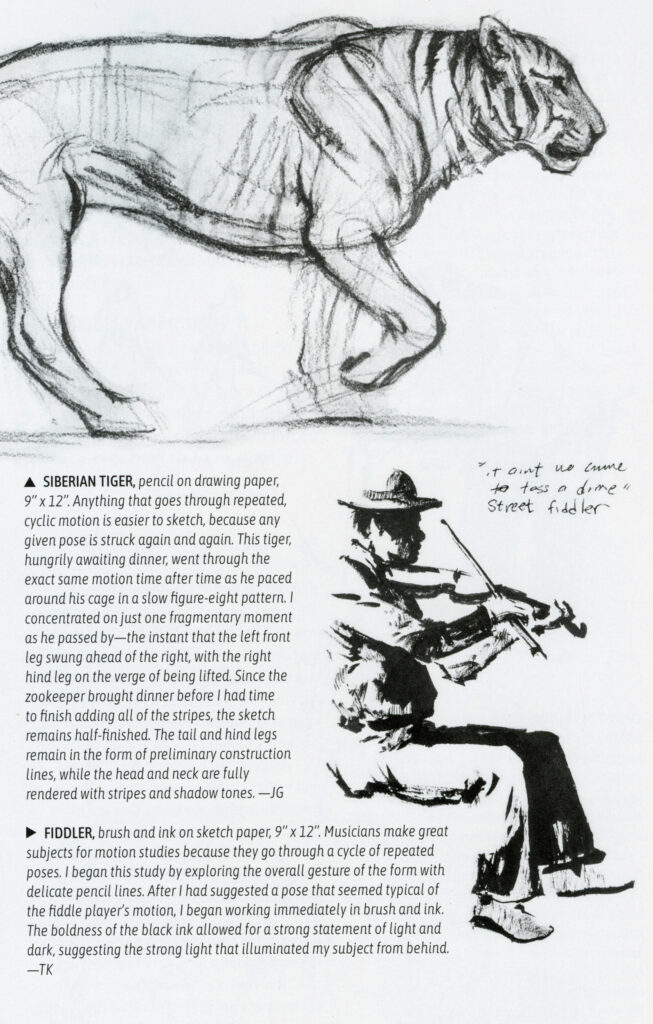
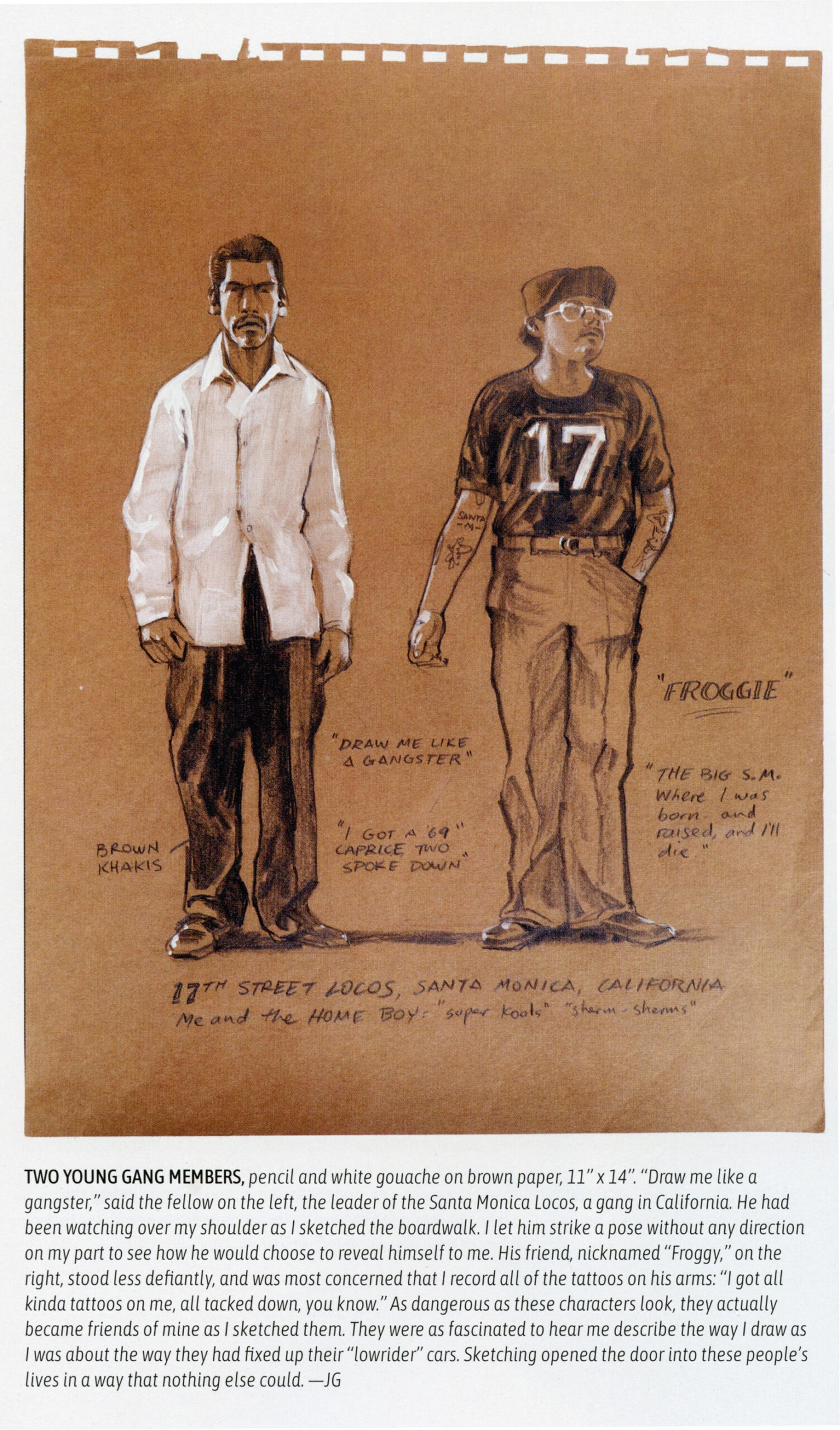
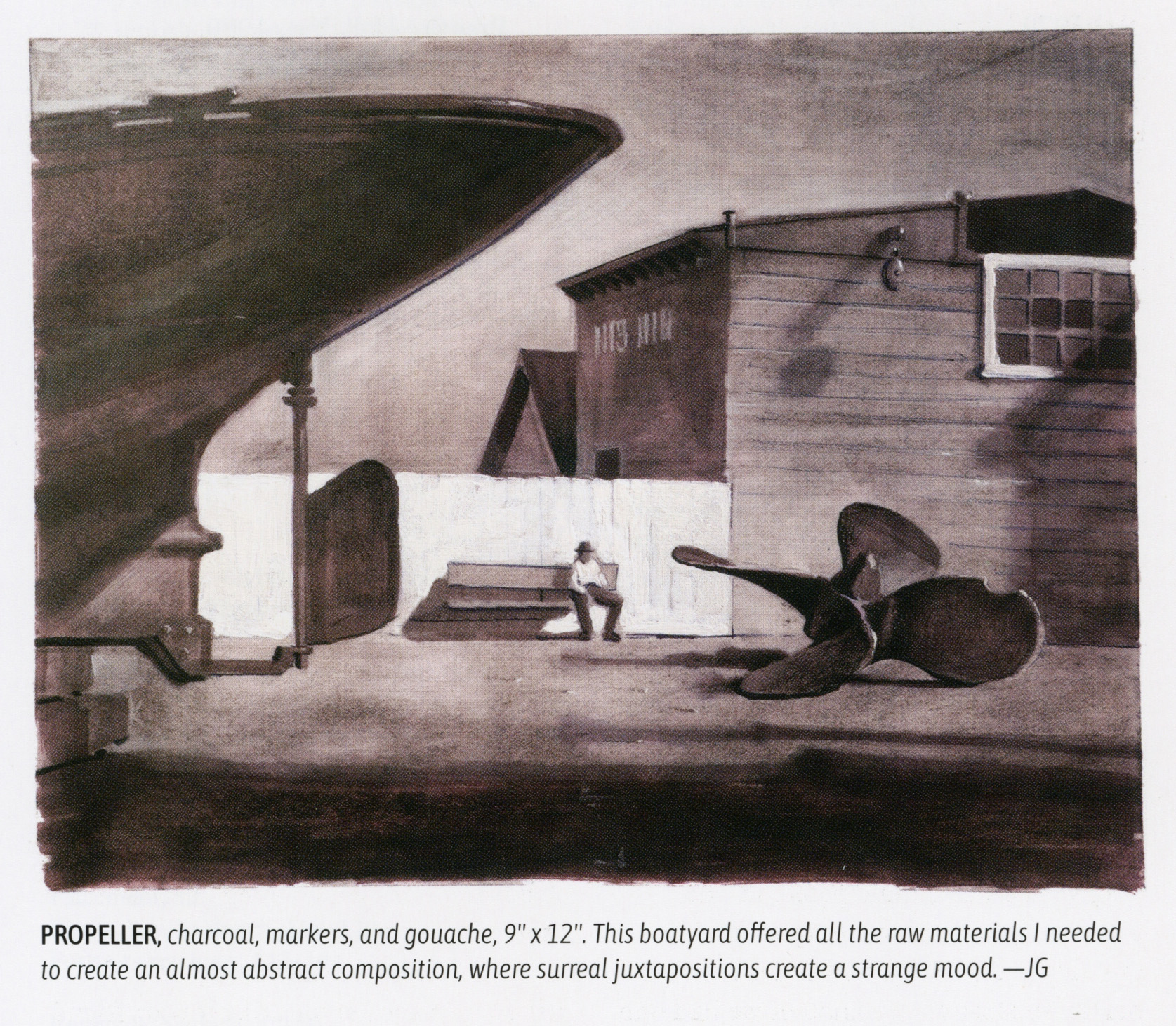
About
On the Spot is the source of information and inspiration for reportage artists, urban sketchers, cartoonists, illustrators and any other visual storytellers who create works of graphic journalism. To become a paid contributor, send your article pitches to editorial@sketcherpress.com.
Print issues
-

On the Spot (Issue 3)
$18.00 -

On the Spot (Issue 2)
$18.00 -

On the Spot (Issue 1)
$15.00

